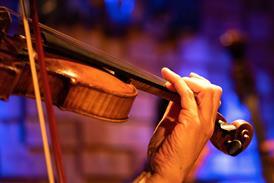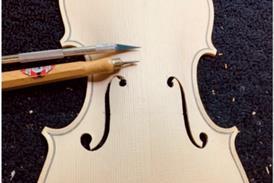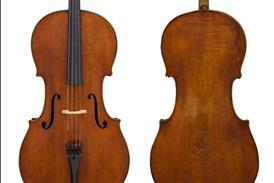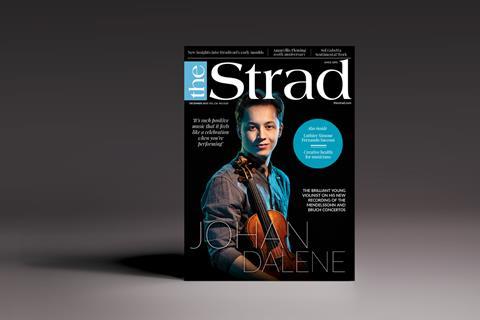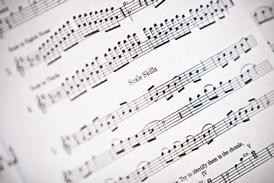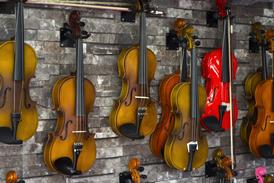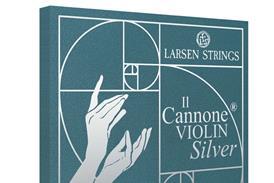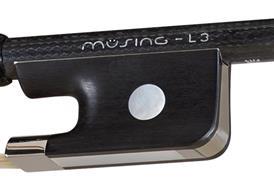- News
- For Subscribers
- Student Hub
- Playing Hub
- Directory
- Lutherie
- Magazine
- Magazine archive
- Whether you're a player, maker, teacher or enthusiast, you'll find ideas and inspiration from leading artists, teachers and luthiers in our archive which features every issue published since January 2010 - available exclusively to subscribers. View the archive.
- Jobs
- Shop
- Podcast
- Contact us
- Subscribe
- School Subscription
- Competitions
- Reviews
- Debate
- Artists
- Accessories
Always by my side: what do cellists keep in their case?

From endpin stoppers, to mutes and yoga mats, leading cellists reveal the items that they always carry with them when they are on the road. From the June 2025 Accessories supplement
Johannes Moser, cello
I carry my accessories in a separate roller bag rather than my cello case because I carry quite a lot! I always have a yoga mat to stay fit on the road. It’s a great way to start the day, either on tour or at home before a practice session. A bottle of water is also really important for travelling, especially on long flights where I chug it like crazy. Masks are still a good choice when boarding flights and on tight public transport, so I keep some of these.
Already subscribed? Please sign in
Continue reading this article and explore hundreds more…






